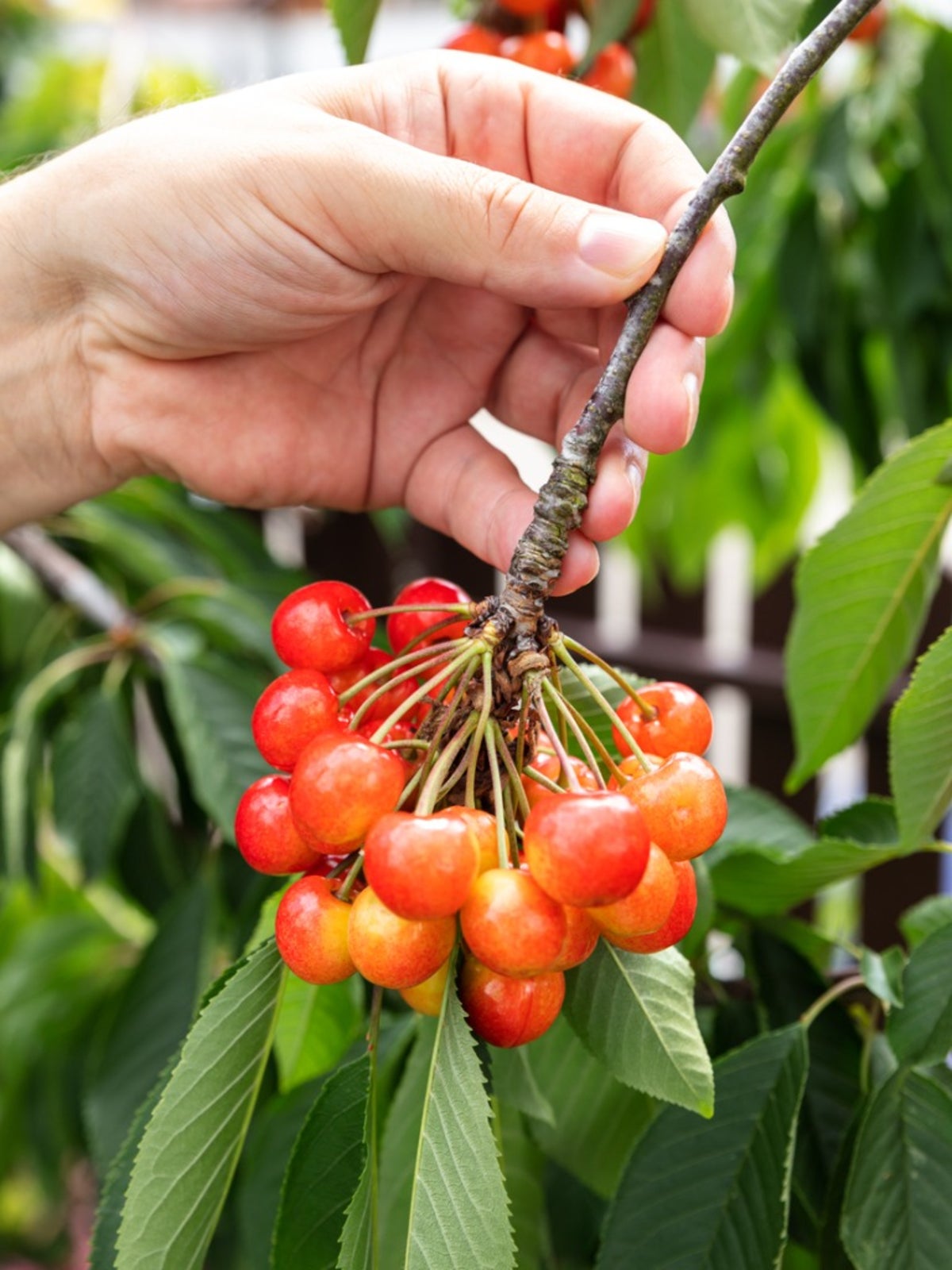Little Cherry Disease Info – What Causes Little Cherry Disease


Little cherry virus is one of the few fruit tree diseases that describe their primary symptoms in the common name. This disease is evidenced by super small cherries that don’t taste good. If you are growing cherry trees, you’ll want to know the ins and outs of managing this virus. Read on for information about the causes of little cherry, its symptoms, and methods for control.
What Causes Little Cherry?
If you are wondering what causes little cherry disease (LCD), the pathogens have been identified as three different viruses. They are believed to be spread from tree to tree by mealybugs and leafhoppers. They can also be spread by propagation and grafting. All three pathogens of this disease occur in the Pacific Northwest, among other locations. They are identified as: Little Cherry Virus 1, Little Cherry Virus 2, and Western X phytoplasma.
Little Cherry Symptoms
If your trees have little cherry virus, you likely won’t realize it until just before the harvest. At that time, you’ll notice that the cherries are only about half the normal size. You may also notice that the fruit of your cherry tree isn’t the bright red you expect. Other little cherry symptoms include the taste. The fruit is bitter and cannot be eaten or, in a commercial production, marketed.
Managing Little Cherry
Some cherry tree diseases can be treated successfully but, unfortunately, little cherry virus is not among them. No wonder cures have been found for this orchard problem. Managing little cherry doesn’t mean, in this case, saving the tree. Rather, managing little cherry disease only means identifying the little cherry symptoms, having the tree tested, then removing it if it is diseased. All other cherries in the area should also be inspected. However, don’t automatically assume that a tree with small cherries has this disease. Many factors can result in small fruit, from cold damage to inadequate nutrition. With these issues though, the leaves may also be affected. With little cherry, the entire tree looks great other than the fruit size. Since this can be confusing, don’t make the decision yourself. Before you rip out your garden cherry trees, take a sample and send it out for testing. Your local extension office can normally help with this.
Sign up for the Gardening Know How newsletter today and receive a free copy of our e-book "How to Grow Delicious Tomatoes".

Teo Spengler is a master gardener and a docent at the San Francisco Botanical Garden, where she hosts public tours. She has studied horticulture and written about nature, trees, plants, and gardening for more than two decades, following a career as an attorney and legal writer. Her extended family includes some 30 houseplants and hundreds of outdoor plants, including 250 trees, which are her main passion. Spengler currently splits her life between San Francisco and the French Basque Country, though she was raised in Alaska, giving her experience of gardening in a range of climates.